Have you ever glanced at the toilet and wondered what your urine color might mean? It’s not just a quirky detail—your urine can offer surprising clues about your health, from hydration levels to potential medical concerns. Understanding these signals can empower you to take better care of your body. In this article, we’ll break down what different urine colors might indicate, why they happen, and when you should check in with a doctor. Let’s explore this fascinating topic and uncover what your body is trying to tell you!
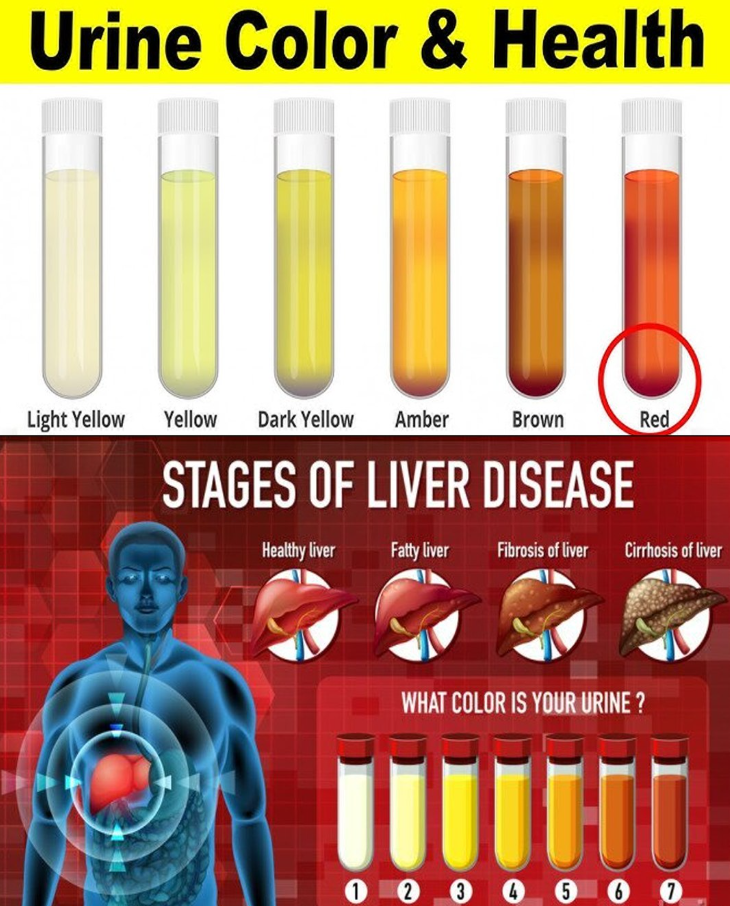
Why Urine Color Matters
Urine is more than just a byproduct of your body—it’s a window into your overall health. Produced by your kidneys, urine contains water, waste products, and electrolytes, and its color can shift based on diet, hydration, or underlying conditions. According to the Mayo Clinic, changes in urine color often reflect what’s happening inside your body, such as how much water you’re drinking or whether something needs medical attention. By paying attention to these changes, you can catch early signs of dehydration or other issues.
While most color changes are harmless, some can signal a need for a closer look. Knowing what’s normal and what’s not can help you make informed choices about your health.
Common Urine Colors and What They Mean
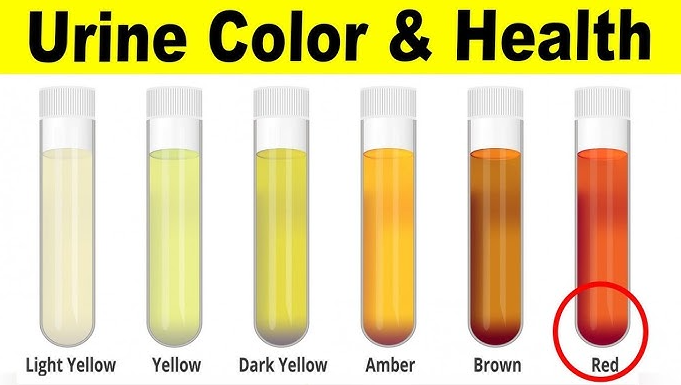
Urine can range from pale yellow to deep amber, and sometimes even surprising shades like pink or green. Here’s a breakdown of the most common colors and their potential causes, based on insights from trusted sources like WebMD and Cleveland Clinic:
- Pale Yellow to Clear: This is the gold standard of healthy urine. It suggests you’re well-hydrated, and your kidneys are filtering waste effectively. Keep up the good work with your water intake!
- Dark Yellow or Amber: Often a sign of mild dehydration. Your body is conserving water, making urine more concentrated. Try drinking more fluids to dilute it.
- Orange: This could be due to dehydration, certain foods (like carrots or beets), or medications like rifampin. In rare cases, it might point to liver or bile duct issues, so check with a doctor if it persists.
- Pink or Red: Beets, berries, or food dyes can turn urine pinkish, but red or pink could also indicate blood, which might stem from a urinary tract infection (UTI), kidney stones, or something more serious. See a healthcare provider if it continues.
- Brown or Cola-Colored: This might result from severe dehydration, certain medications, or eating fava beans. It could also signal liver or kidney problems, so don’t ignore it.
- Green or Blue: Rare but possible, this is usually caused by food dyes, medications, or supplements. In very rare cases, it might relate to a bacterial infection, so consult a doctor if it’s unexplained.
If your urine color seems unusual for more than a day or two, or if it’s paired with symptoms like pain or fever, reach out to a healthcare professional.
Factors That Influence Urine Color
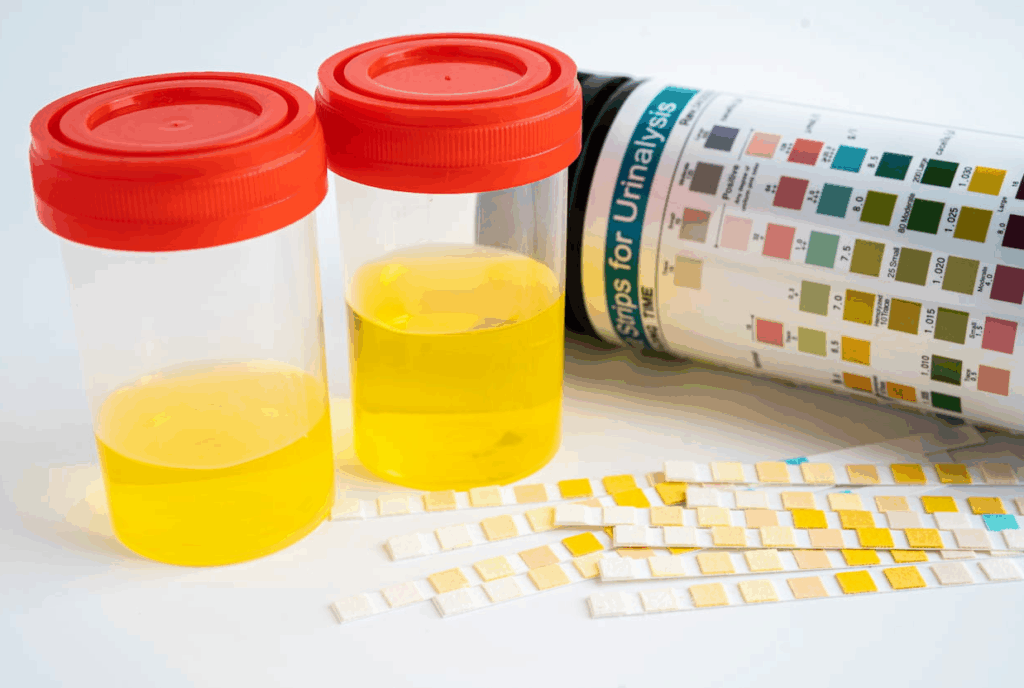
Several everyday factors can change your urine’s appearance, and most are harmless. Understanding these can help you pinpoint why your urine looks the way it does. Here are the main culprits:
- Hydration Levels: Drinking enough water dilutes urine, making it lighter. Too little fluid concentrates it, leading to darker shades. The CDC recommends aiming for 6–8 cups of water daily, adjusted for activity and climate.
- Diet: Foods like beets, rhubarb, or asparagus can alter urine color. For example, a 2019 study inNutrientsnoted that beets can cause reddish urine, a harmless condition called beeturia.
- Medications and Supplements: Vitamins (like B-complex) can turn urine bright yellow, while medications like phenazopyridine may cause an orange hue. Always check medication labels for side effects.
- Exercise: Intense workouts can lead to dehydration, darkening urine. Rehydrate with water or electrolyte drinks post-exercise.
- Medical Conditions: Infections, kidney stones, or liver issues can change urine color. For instance, a 2020 study inUrologylinked blood in urine to UTIs in many cases.
Keeping a mental note of what you’ve eaten or how much you’ve exercised can help you decide if a color change is normal or worth investigating.
When to See a Doctor
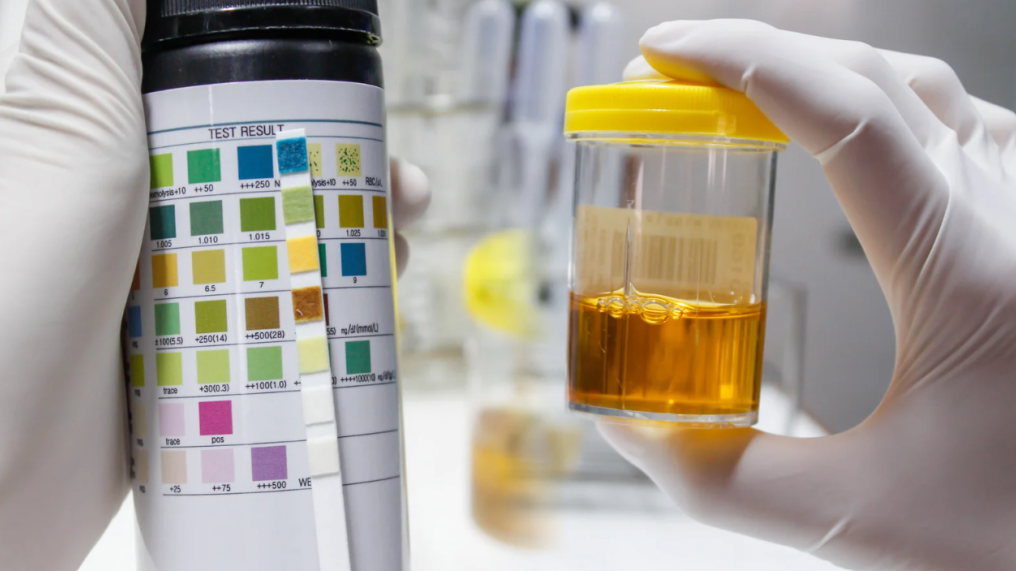
Most urine color changes are temporary and harmless, but some warrant a trip to the doctor. According to Harvard Health, persistent unusual colors or accompanying symptoms are red flags. Here’s when to seek medical advice:
- Urine remains red, pink, or brown for more than a day, especially if you haven’t eaten foods like beets.
- You notice a strong, foul odor alongside color changes, which could indicate an infection.
- You experience pain during urination, lower back pain, or fever, which might suggest a UTI or kidney issue.
- Your urine is consistently dark despite drinking plenty of water, possibly pointing to liver or kidney concerns.
- You see green or blue urine without a clear cause, like food dyes or medications.
When in doubt, a quick call to your doctor can provide peace of mind. They may recommend a urine test to check for infections, blood, or other abnormalities.
Share this guide with a friend to help them stay in tune with their health!
Tips to Maintain Healthy Urine Color
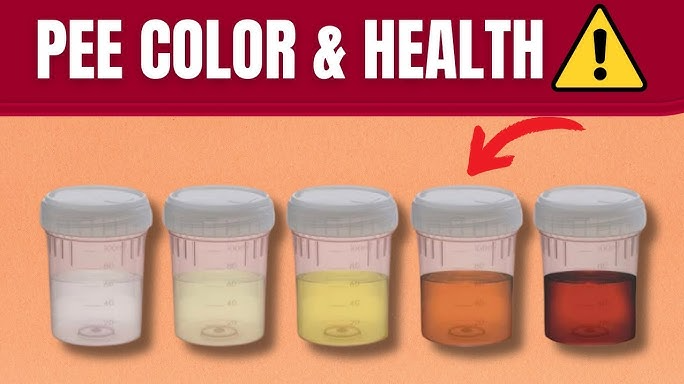
Keeping your urine in the healthy pale yellow range is easier than you might think. Here are practical steps to support your body’s hydration and kidney health:
- Drink Enough Water: Aim for 6–8 cups daily, more if you’re active or live in a hot climate. Carry a reusable water bottle to stay consistent.
- Eat Hydrating Foods: Fruits like watermelon, cucumbers, and oranges are water-rich and support hydration, per the Academy of Nutrition and Dietetics.
- Limit Dehydrating Drinks: Cut back on excessive coffee, alcohol, or sugary sodas, which can concentrate urine.
- Monitor Medications: If you start a new medication and notice color changes, check with your pharmacist about side effects.
- Stay Active, but Hydrate: Exercise is great, but replenish fluids lost through sweat to avoid dark urine.
- Check In with Your Body: Make it a habit to glance at your urine occasionally—it’s a free health check!
By staying mindful of these habits, you can keep your urine color in a healthy range and support your overall well-being.
Why Paying Attention to Urine Color Is Empowering
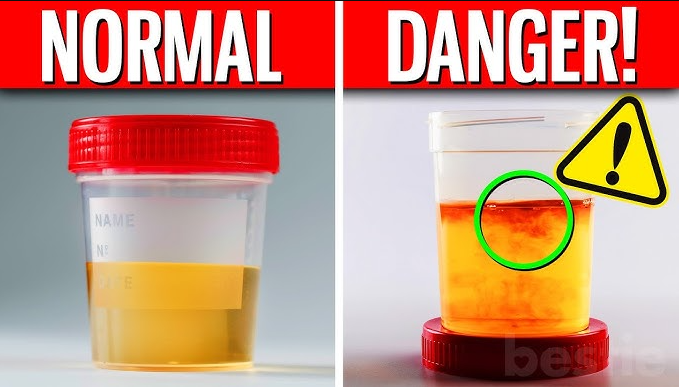
Your urine might not be the first thing you think about when it comes to health, but it’s a simple way to stay connected to your body. The Cleveland Clinic emphasizes that small changes, like drinking more water or noticing unusual colors, can make a big difference in catching issues early. This knowledge puts you in the driver’s seat, helping you make proactive choices without needing complex tools or tests.
Plus, understanding your urine color is a conversation starter! It’s a practical, no-cost way to check in with yourself and even spark discussions with friends or family about health. In a busy world, these small habits can add up to a healthier, more confident you.
Comment below with your favorite hydration tip—what keeps you drinking enough water?
Final Thoughts
Your urine color is like a daily health report, offering clues about hydration, diet, and even potential medical concerns. From pale yellow signaling good hydration to reddish hues that might need a doctor’s attention, these shades tell a story about your body. By staying mindful of what you eat, drink, and feel, you can use this simple tool to support your well-being.
Take a moment today to notice your urine color and think about your hydration habits. Explore more health tips on our site to keep your wellness journey going strong!
Disclaimer: This article is for informational purposes only and does not substitute professional medical advice. Consult your doctor before making health changes.